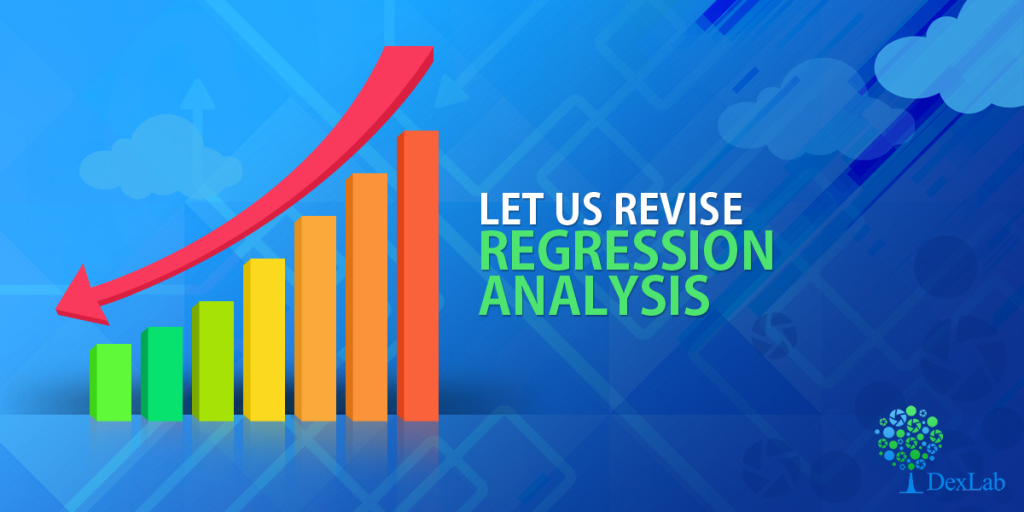By now every business owner and manager is aware of the latest megatrend related to data analysis and knows that they should make data-driven decisions only at work. Gut feeling and winging it are now practices outdates as they have proved time and again that they fail. But the problem still remains in the know-how of parsing through all the layers of data streaming into your systems. Do you have the requisite know how?
Luckily for you, you may not be the one to crunch all the numbers (phew!). You pay other robotic data analytics personnel to do that for you. But you must correctly understand the analysis report that is handed over to you for interpretation after your colleagues are done with all the heavy lifting. A common practice is the realm of data analysis is regression analysis.
We spoke with some experts who offer organizations with useful advice on their data analysis programs and the quality of their data, to better understand this form of data analysis.
Understanding Regression Analysis:
To best understand regression analysis, let us look at an example scenario: imagine you are a sales manager and you are trying to predict the next month’s sales numbers. Now you must take in at least a dozen if not hundreds of factors that can affect the numbers, starting from the weather, to a competitor’s effective campaign to a damaging rumor or change in business operation guidelines in the country and a lot more. Some may even have confident theories about which factors will impact the numbers the most. For instance some may suggest, let the heat subside and the climate cool off with some rain our sales will jumpstart then on.
But none of these theories or assumptions is fool-proof or fact-based. Regression analysis is the analytics tool that helps to mathematically sort out the factors that will actually impact the operations. The biggest question which is the most difficult to answer in corporate scenarios is answered by regression analysis – which factors are the most important? And which ones can the company ignore?
In this system of data analysis the factors are labeled as variables and there are two types of variables – dependent variables and independent variables. The dependent variable is the main factor one is trying to predict or understand and the independent variables are the factors that one suspect may have an impact on the dependent ones.
The way regression analysis works is by gathering data on the variables in question. Then you plot out all these data to find if they have a relationship between the variables. The two axes of the plot are the two types of variable and when you find the points for the regression line that runs through the middle of the plot. This line summarizes the relationship between the two axes and the two categories of variables as well.
Who uses regression analysis?
Almost all smart organizations use this method as their go-to-solution for understanding any phenomenon that they want to understand better. That is more and more prudent professionals are updating their resume with courses in Advanced Excel VBA to train in regression analysis.
Interested in a career in Data Analyst?
To learn more about Machine Learning Using Python and Spark – click here.
To learn more about Data Analyst with Advanced excel course – click here.
To learn more about Data Analyst with SAS Course – click here.
To learn more about Data Analyst with R Course – click here.
To learn more about Big Data Course – click here.

